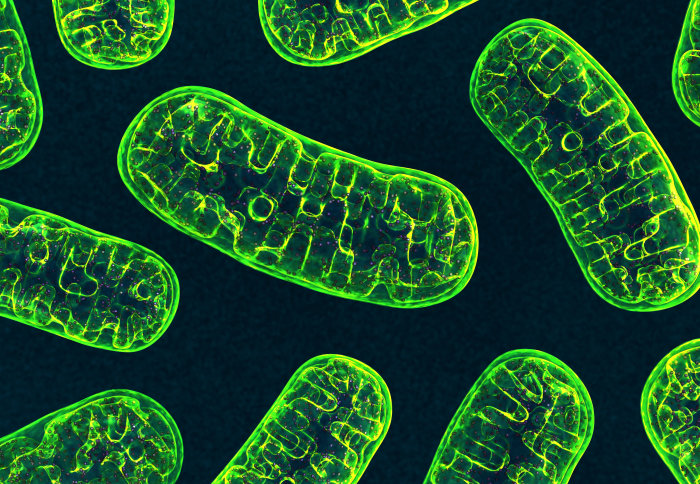Managing inheritance of deadly genetic diseases a step closer with new study

The chance of passing on certain types of genetic diseases changes with the age of the mother, according to a new study in mice.
The finding could help couples conceiving through IVF to select eggs least likely to cause the diseases in their children, if the results are also true for humans.
The study, led by Imperial College London, the University of Birmingham and UVM Vienna, is published today in the journal Nature Communications.
It's this combination of a mathematical model with an unprecedented volume of experimental data that allowed us to reveal the subtle mechanisms affecting mtDNA inheritance. Dr Nick Jones
Mitochondria are components of all human cells that contain their own unique DNA. This mitochondrial DNA (mtDNA) is only passed from mother to child. Some mtDNA molecules can cause deadly diseases, where the mitochondria fail to produce enough energy for cells or organs to function.
However, each human cell contains many mitochondria that can have different variants of DNA. If a mother carries a mixture of two mtDNA types (mutated and wild-type) it can be hard to say exactly what their children will inherit. For mothers carrying a disease-causing mtDNA mutation, this makes family planning and clinical therapies challenging.
Does mother's age matter?
One question researchers have asked is whether the probability of a child inheriting a particular amount of mutated mtDNA varies with the mother’s age. To address this, the team used cutting-edge technology to reveal the proportions of mutated mtDNA in the egg cells of mother mice at a wide range of ages, and in the litters of offspring the mothers produced.
They also developed a mathematical model describing how mtDNA is inherited from mother to offspring. Combining the data from the mice and the model they were able to see how different biological processes affect mtDNA through generations.
Co-lead author of the study Dr Nick Jones, from the Department of Mathematics at Imperial and the EPSRC Centre for the Mathematics of Precision Healthcare, said: “It's this combination of a mathematical model with an unprecedented volume of experimental data that allowed us to reveal the subtle mechanisms affecting mtDNA inheritance.”
Selecting the best eggs
One of the team’s main findings was that the variability of mtDNA showed a marked increase as mothers aged: a batch of eggs from the same mother could have great variability between eggs in amount of mutated mtDNA, whereas the eggs of younger mothers were more similar to each other.
This means that the probability of inheriting more extreme levels of a genetic feature increases for older mothers. Older mothers therefore will have some eggs that have a much lower level of potentially deadly mtDNA, but also some that have a much higher level. Being able to choose which eggs to fertilise in IVF could improve the chance of having a child without mitochondrial disease.
Co-lead Dr Joerg Burgstaller at UVM Vienna said: “Older mothers have a higher chance of having some eggs with low levels of a given mtDNA type. This may improve their chance of selecting eggs with low mutation levels in IVF cycles.”
Inheritance in humans
The team also found that different mtDNA molecules were inherited in different ways - with some mtDNA types favourable for inheritance and some unfavourable. They used their findings to create a way to predict how the risk that offspring would inherit disease-causing mtDNA features changes over time.
Dr Iain Johnston from the University of Birmingham’s School of Biosciences, who jointly led the study, said: “Moving forward, we're aiming to harness these powerful ways of using large datasets to describe and predict the dynamics of mtDNA inheritance in humans, and to learn what it is about these mtDNA types that predicts their evolution across generations.”
-
'Large-scale genetic analysis reveals mammalian mtDNA heteroplasmy dynamics and variance increase through lifetimes and generations' by Joerg P. Burgstaller et al. is published in Nature Communications.
-
Top image credit: 3d_man/Shutterstock
Article text (excluding photos or graphics) © Imperial College London.
Photos and graphics subject to third party copyright used with permission or © Imperial College London.
Reporter
Hayley Dunning
Communications Division